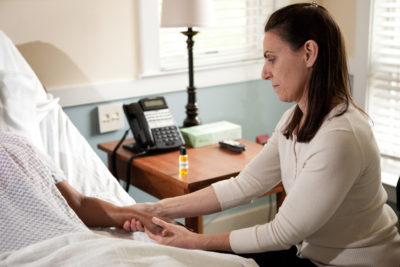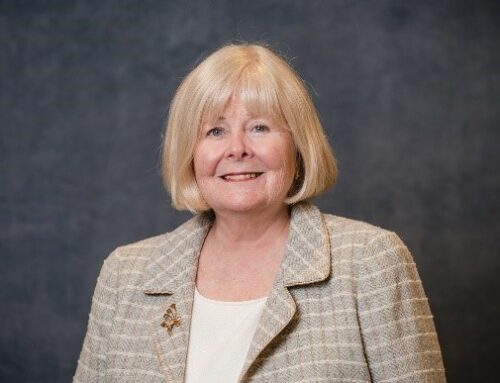
It may be surprising to learn – massage therapy can be an important component of care for hospice and palliative patients.
Touch is a primal form of communication for human beings, critical at both the beginning and end of life. Massage therapists are experts in touch – knowing how, when, how much, and how long to offer touch to bring comfort and relief, including to those experiencing life-limiting illness and nearing the end of life.
Provided in the context of loss and dying, hospice and palliative massage generally involves a shift in focus from physical/mechanical effects to emotional and spiritual comfort.
A primary goal of palliative massage is, typically, to induce the relaxation response, bringing peace and respite to both patient and family members. Many patients report that massage makes them feel “human” again. Massage therapists also model nurturing touch to families and caregivers, often bridging a gap and providing a way to “be with” a dying loved one.
Delivered with exquisite mindfulness, palliative massage encompasses a broad spectrum of touch techniques that may be as simple as holding a hand.
Unlike more commonly experienced types of massage, these techniques have been described as “usually slow, purposeful, repetitive, gentle and beautiful. Very little movement is used, if any at all.” 1 Key to the effectiveness of this work is the depth of the practitioner’s presence, the ability to be completely immersed in the experience, meeting the patient where he or she is in that moment, with no agenda other than to comfort through touch.

Montgomery Hospice and Prince George’s Hospice Licensed Massage Therapist pictured doing massage therapy with patient.
Due to the nature of their work, massage therapists have a unique understanding of the connection between mind and body.
“Often massage will be the turning point, the subtle mechanism, the well-poised key that gains admittance to the social, spiritual, cognitive, and emotional territories of existence through a physical experience.” 2
Montgomery Hospice and Prince George’s Hospice thanks its massage therapists (staff and volunteer), as well as specially trained Comfort Touch® volunteers, for their dedication and commitment to serving patients and families through the powerful language of touch.
To learn more about our Complementary Therapies program, visit www.montgomeryhospice.org/services/complementary-therapies/ |

© 2021, Sandra Lavengood, LMT, MHSA
Complementary Therapies Manager
Montgomery Hospice and Prince George’s Hospice
1,2 John Mramor, “Therapeutic Presence in Palliative-Care Massage,” Massage Magazine (July/August 2005); 66.
Note: “Palliative massage” is a general descriptor of the type of massage techniques used for both hospice and palliative patients; it is comfort oriented.

